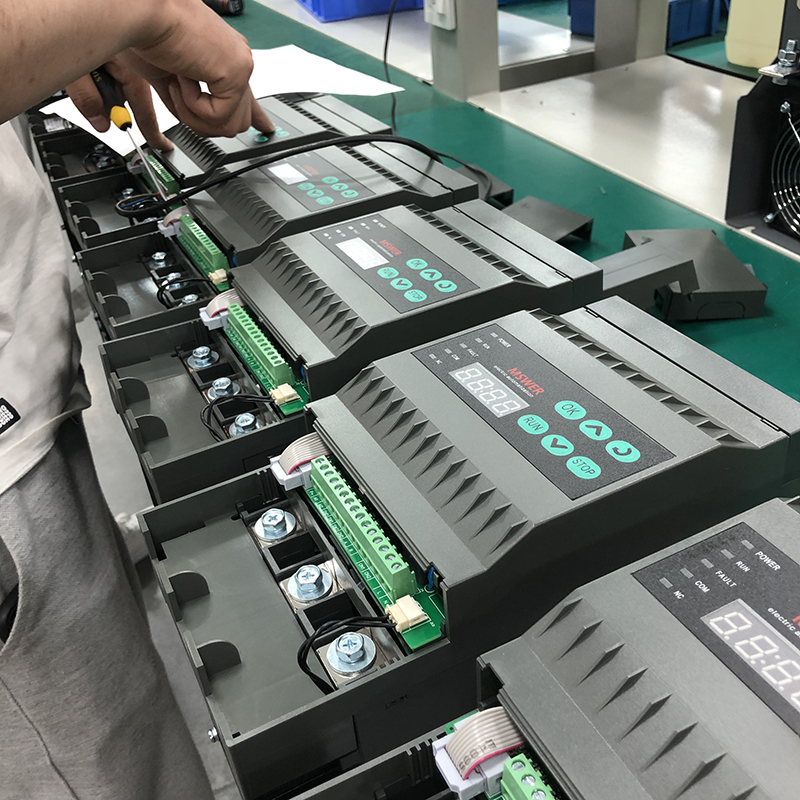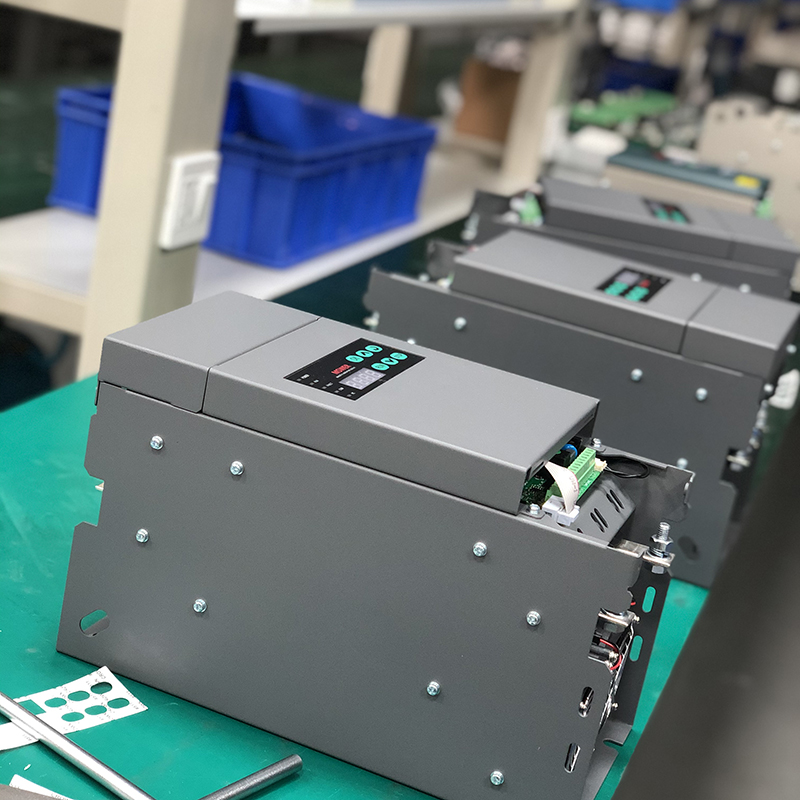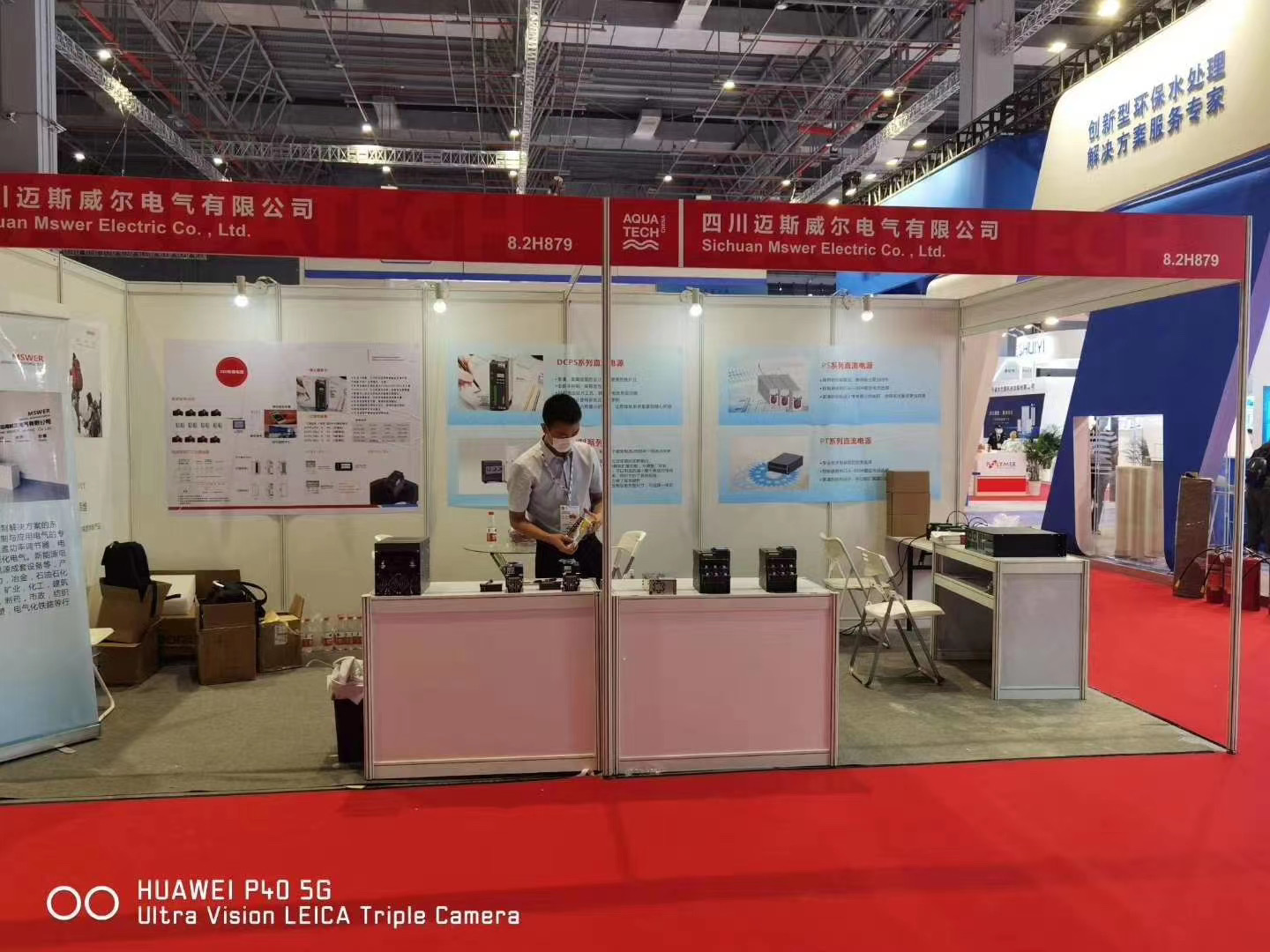Power regulator thyristor regulator is the abbreviation for thyristor rectifier element, which is a high-power semiconductor device with a four layer structure of three PN junctions, also known as thyristor. It is one of the commonly used semiconductor devices due to its small size, relatively simple structure, and strong functionality. It is a perfect combination of thyristor AC switch technology and transformer technology. Using high-power thyristor thyristor regulators instead of mechanical and carbon brushes to control voltage regulation, the capacity can reach 2000kVA, the maximum compensation range can reach ± 50%, and the efficiency can reach over 99%. It is an advanced product leading the development direction of high-power power stabilizers, an energy-saving and environmentally friendly product, with all protection functions, reliable operation, and strong adaptability. The power regulator achieves contactless voltage regulation, with advantages such as good stability and high efficiency, no pollution to the power grid, and can reliably and continuously work under various harsh power grids and complex loads. It has an extremely long service life and can operate continuously without faults for more than 100000 hours, achieving long-term maintenance free operation of the voltage regulator.

The thyristor regulator was an alternative circuit made in the early days due to the immaturity of the semiconductor structure of DISC. The discharge voltage of the thyristor regulator was determined by the voltage division of DB3, which has a longer lifespan but lower current energy and slower switching speed. It is more suitable for high-pressure sodium lamps, but not very suitable for situations where pulse width is required for metal halide lamps. The structure can be improved but the cost is high, so it should be abandoned.
The power regulator adjusts the high and low rectification voltage to control the feeding amount of the electromagnetic vibration feeder. The feeder adopts a thyristor regulator for rectification and power supply. By changing the conduction angle of the thyristor regulator, the output voltage can be controlled. According to the usage conditions, different signals can be used to control the conduction angle of the thyristor regulator to achieve automatic quantitative feeding. The accurate control of the feeding of the electromagnetic vibration feeder directly affects the efficiency and quality of production. It can control the uniform feeding of the electromagnetic vibration feeder, and has the characteristics of simple structure, easy adjustment, stable operation, and remote microcomputer control. It can achieve centralized control and automatic control of the production process.









 Online
Online
 Tel
Tel